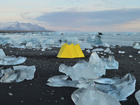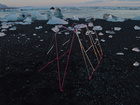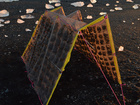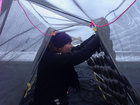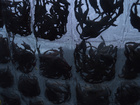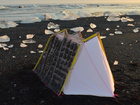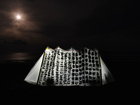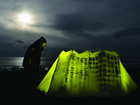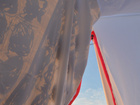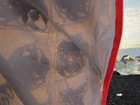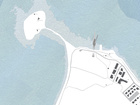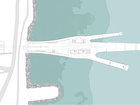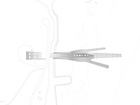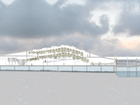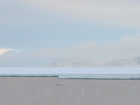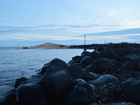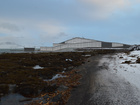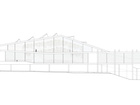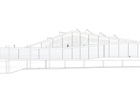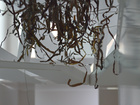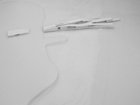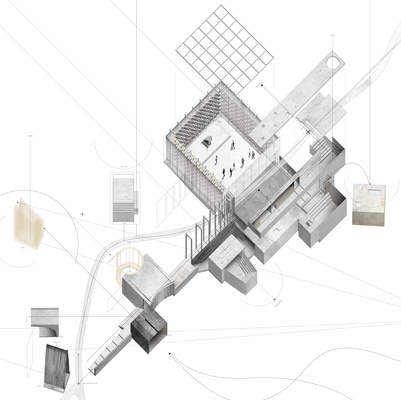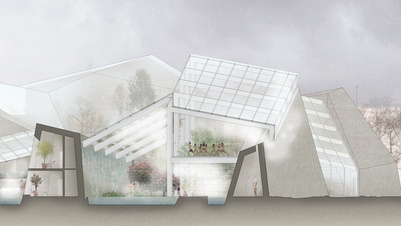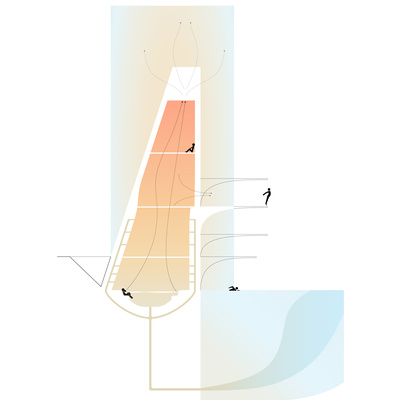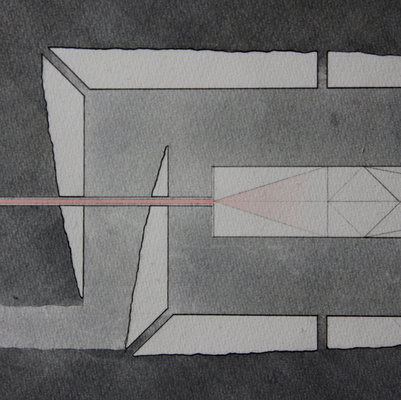Seaweed Paradise: A Research Centre in Reykjavik
On site research
The rising need for sustainable and local building materials are one of the driving force behind the interest in seaweed. It is an unutilized resource for Iceland that exists in abundance. The interest in seaweed is slowly on the rise again, as many start to realize its potential in a world of increasing landfills and need for sustainable solutions for everyday living.
In order to gain a better understanding of the Icelandic climate and conditions an experimental shelter was tested in various locations around Iceland. The purpose of the shelter was to experiment with the seaweed in a spatial and landscape context. The aim of the shelter was not to be the most light-weight and efficient in terms of mobility. Instead it explores the spatial qualities and material properties of seaweed in combination with a construct. The testing of the device made me gain a more clear understanding of the Icelandic climate as well as qualities of seaweed.
Proposal
The site is located on the western edge of Reykjavik. The proposal consists of a factory that harvests naturally growing seaweed to turn it into seaweed products used for animal food and plant fertilizer to be exported. As well as local small scale production of other high-value products such as beauty product and furniture and building components. This includes workshops to experiment with new seaweed products, laboratory for researchers, a restaurant and a spa. All the aspects of the program is based around and linked together by seaweed.


